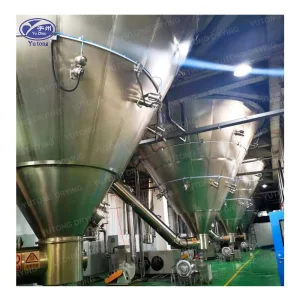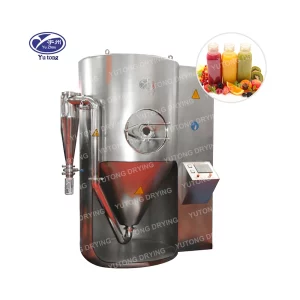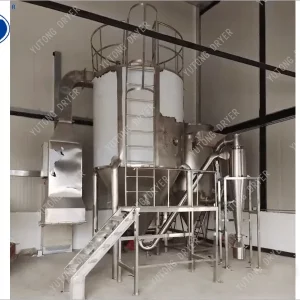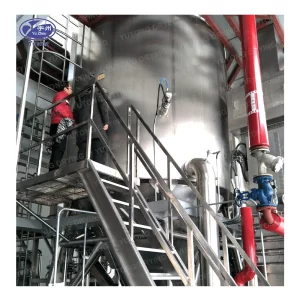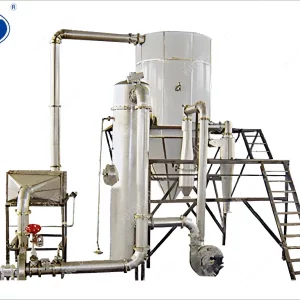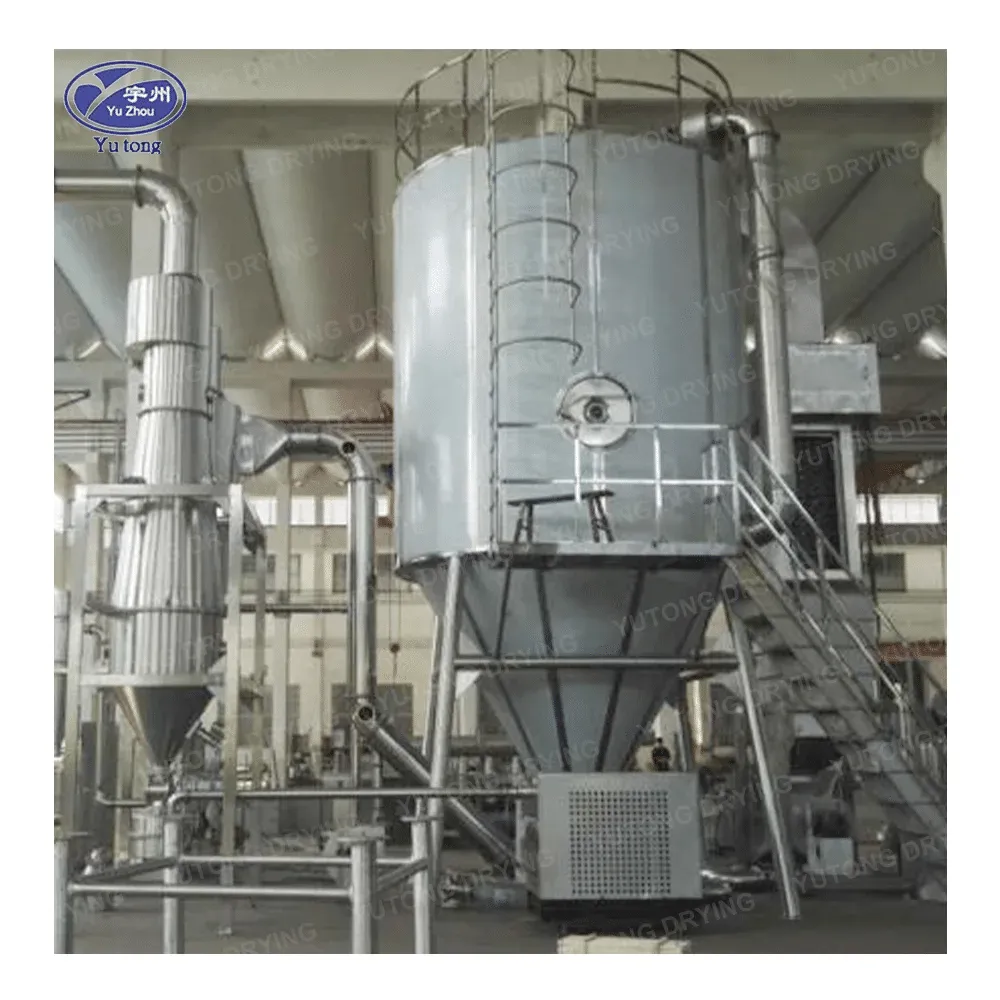Introduction to the Spray Drying System
A spray drying system is a highly sophisticated and widely utilized process in various industries for converting liquid materials into dry powder or particle form. This technique offers numerous advantages and finds applications in multiple sectors, from food and pharmaceuticals to chemicals and materials science.
The Core Working Principle
At its core, a spray drying system works by atomizing a liquid feedstock into fine droplets and then exposing these droplets to a hot gas stream. The rapid evaporation of the liquid component within the droplets results in the formation of dry particles.
The Liquid Feed Preparation
The process begins with the preparation of the liquid feed. This can be a solution, suspension, or emulsion, depending on the nature of the final product desired. The feed is then pumped through a specialized nozzle or atomizer, which breaks it up into extremely small droplets. Common types of atomizers include pressure nozzles, rotary atomizers, and dual-fluid nozzles.
The Role of the Hot Gas and Drying Chamber
The hot gas, typically air, is heated and circulated within a drying chamber. As the atomized droplets come into contact with the hot gas, heat transfer occurs rapidly. The moisture in the droplets evaporates, and the remaining solid material forms dry particles.
The drying chamber is designed to provide optimal conditions for efficient drying. It may have specific geometries and flow patterns to ensure uniform exposure of the droplets to the hot gas and to prevent particle agglomeration or sticking to the chamber walls.
Particle Separation and Collection
After the drying process is complete, the dried particles are separated from the gas stream using various separation methods, such as cyclone separators or bag filters. The collected powder is then typically conveyed for further processing or packaging.
Advantages and Applications
One of the significant advantages of spray drying is its ability to produce powders with controlled particle size, morphology, and properties. This is crucial in industries where specific particle characteristics are essential for product performance, such as in the pharmaceutical industry where controlled drug release depends on particle size.
Applications in Different Industries
In the food industry, spray drying is used to produce powdered milk, coffee, and various flavorings. The process helps preserve the quality and flavor of the original liquid while creating a convenient and stable powder form.
In the chemical industry, spray drying is employed for the production of catalysts, fine chemicals, and specialty materials. It allows for precise control of particle properties to meet the specific requirements of various chemical processes.
Examples Illustrating the Process
For example, in the production of instant coffee, the spray drying system ensures that the coffee extract is transformed into a fine powder that retains the flavor and aroma of the original coffee beans. In the pharmaceutical sector, spray drying is used to create drug particles with specific surface areas and solubilities to enhance drug absorption in the body.
In conclusion, the spray drying system is a powerful and versatile technology that plays a vital role in numerous industries by enabling the transformation of liquid materials into dry, stable, and functional powders with precisely controlled properties.

